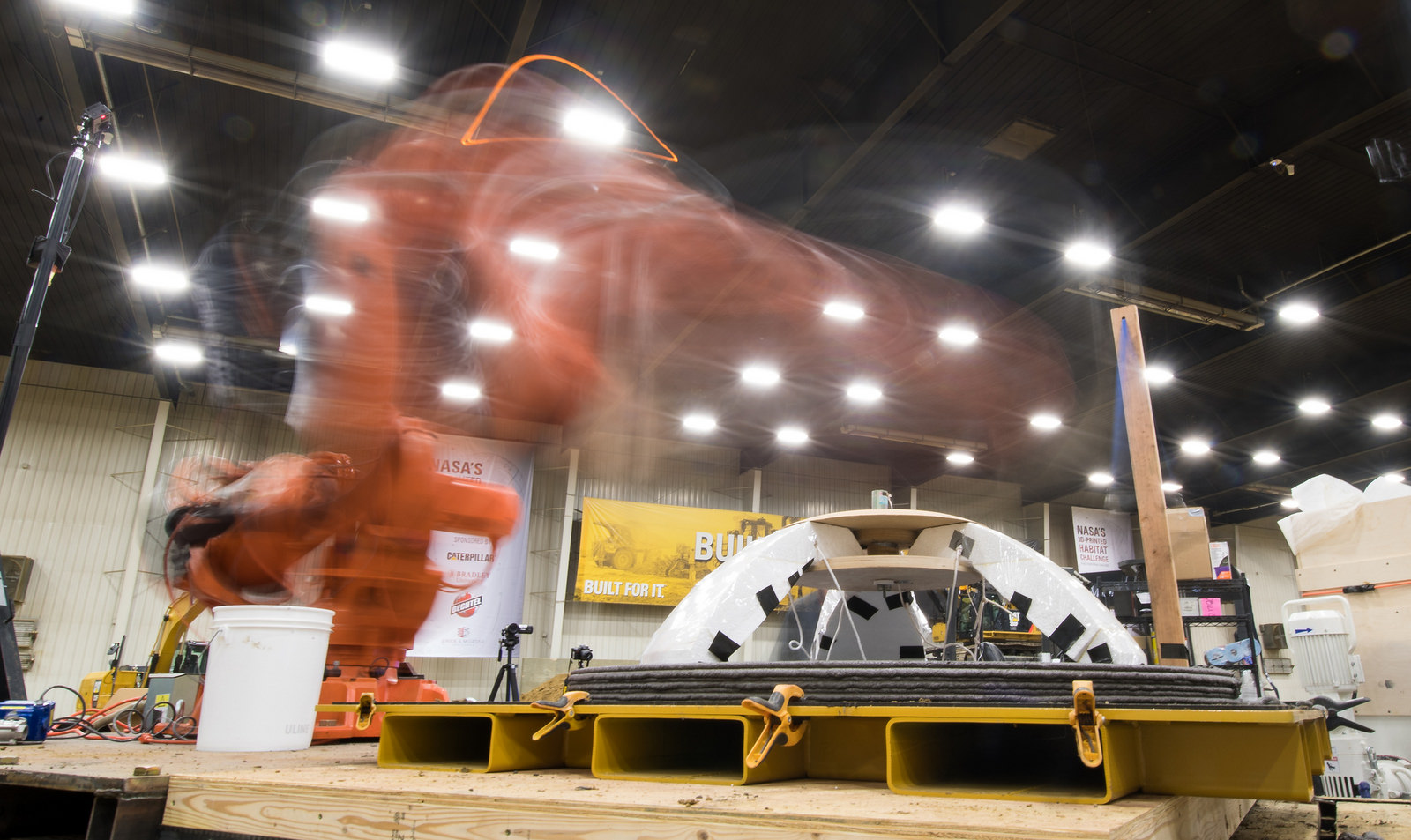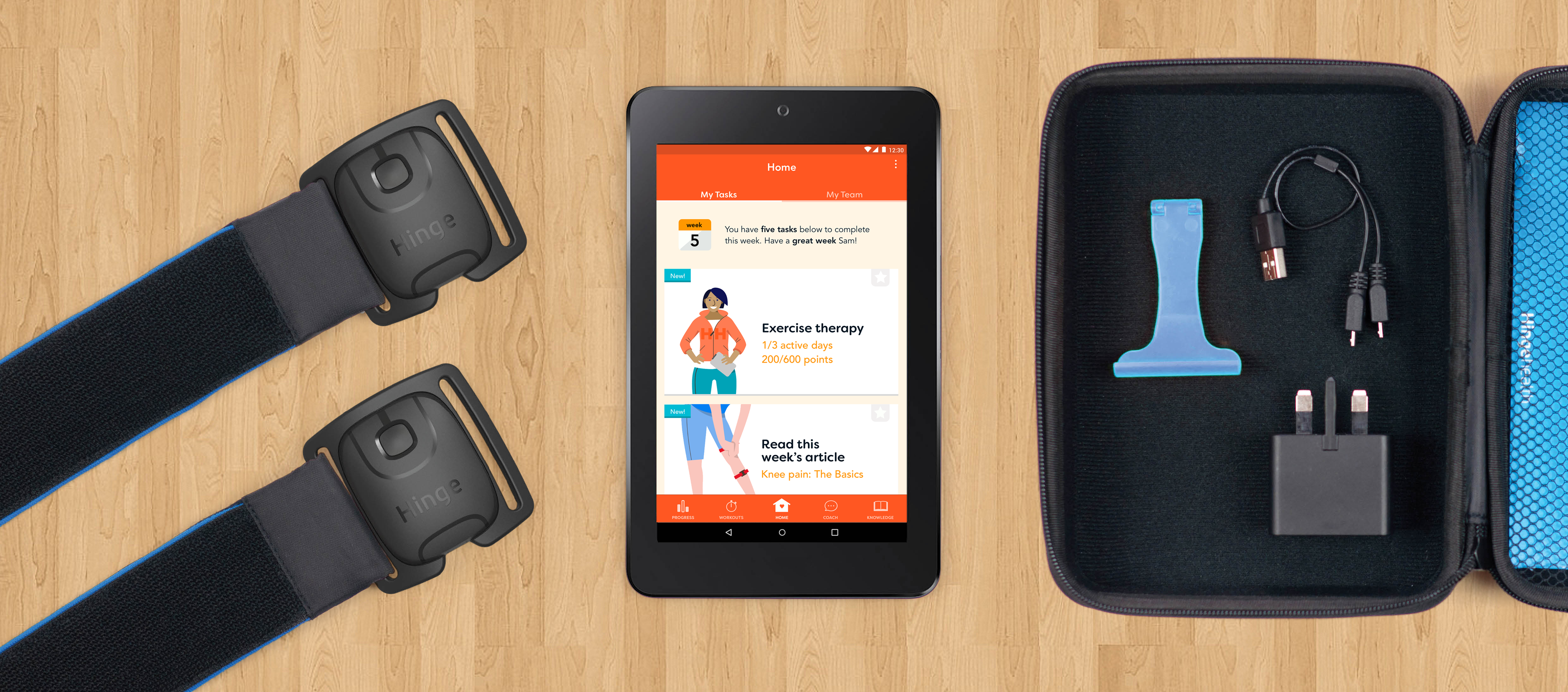3D printed space habitats earn $400K in prizes at NASA competition

One of the many considerations we will have should we decide at last to colonize another planet is where we’ll live. Should we bring inflatable habitats? Should we ship girders and metal sheets? Or should we, as explored in a recent NASA challenge, 3D print the structures right there on the planet in question? Two universities’ early efforts to do so earned them a combined $400,000 at a competition held last week.
It’s not the first nor last of these challenges, but the culmination of phase two of the three-phase 3D Printed Habitat Challenge. The idea is to figure out what materials, designs, and other choices might factor into creating a strong, simple structure.
Beams, cylinders, and domes were what the teams had to create, with materials that were at least 70 percent “indigenous material” — so something that could be found locally. After all, you don’t want to have to ship a bunch of concrete mix to Phobos.
The winning teams both chose “powdery Crushed Basaltic Igneous” as their indigenous base; the team from Branch Technology augmented this with recycled plastic, while Penn State attempted (with partial success) to create a cement-like material that incorporated water.
Besides the materials chosen and basic dimensions of the items required, the teams were relatively unfettered. A NASA representative explained:
“The rules were formulated so that the teams could have freedom to formulate a solution with as much flexibility as possible,” explained a NASA representative who was part of the event. “Both solutions have their own advantages and disadvantages, and these diverse solutions can help NASA formulate that best solution.”
Giant 3D printers were used to create the items in question, after which they were graded on various measures and then crushed — sorry, “compressed to failure.” The Branch team’s dome handled an impressive 1694 kilograms, or 373 lbs. Penn State’s collapsed under just below half of that — but the NASA rep pointed out that the cement-like mixture would have been far stronger had it been able to cure for another week or so.
This is both a strength and a weakness, exactly the kind of data NASA hoped to glean from the competition. As in the Cube Quest Challenge, the agency proudly advertises that it relies on the fertile imaginations of students and outsiders to augment its own expertise.
The Branch team took home $250K for its efforts, and Penn was awarded $150K. It’s not clear whether this also puts them in pole position for phase three of the challenge, which my otherwise informative NASA rep declined to enlarge upon. All we know is that it will focus on “fabrication of complete habitats,” which sounds about two orders of magnitude more difficult than phase two. You can keep up with the latest at the challenge’s website.
Published at Tue, 29 Aug 2017 19:14:51 +0000






